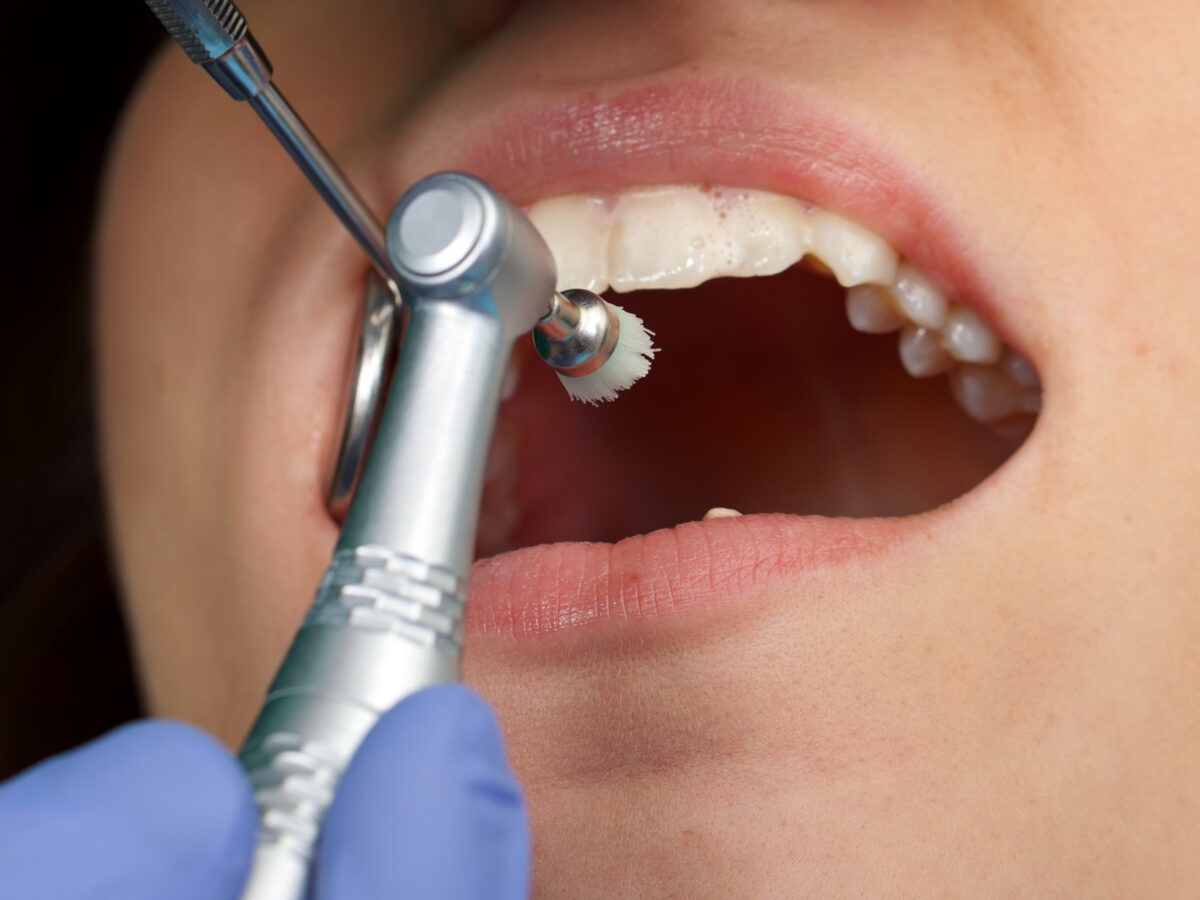River Walk Dental Orthodontics
Blog
Dental hygiene tips for healthy teeth & gums

What are the Different Types of Prophylaxis?
The word “prophylaxis” has Greek origin and comes from the Greek word “phylax”, which means “to guard”. Prophylaxis in healthcare means to prevent or minimize diseases and illness. Prophylaxis encompasses a whole gamut of areas in medicine like dental cleanings, birth control, vaccines, etc.
Prophylaxis is an extremely beneficial measure in medicine as it also helps in arresting the progress of disease and reduces its ill-effects.
Types of Prophylaxis
Since preventive measures can take different forms, and prophylaxis is used to prevent, arrest, and reduce diseases, it is divided into three types:
- Primary Prophylaxis – In this process prevention or increasing resistance to diseases happen. These diseases have not yet occurred in the individual. It comprises routine medical checkups, vaccination, mammograms, pap smears, etc. It is done when the patient appears well without any symptoms of any disease. If a disease is known to be present, then that screening is no longer primary prophylaxis.
- Secondary Prophylaxis – This is done to prevent the recurrence of a disease that has already occurred in a patient. Few examples are; taking a statin to prevent recurrent heart attack, changing the work environment to stop re-injury, etc.
- Tertiary Prophylaxis – This prophylaxis is done to reduce the impact of chronic diseases. Such diseases might induce long-lasting effects. So, many programs like disease management programs or stroke rehab programs for heart diseases, etc., are undertaken as part of this prophylaxis.
- Quaternary Prophylaxis – The main idea of this prophylaxis is that excessive medical treatment should be avoided for patients who do not seem to benefit from medical treatments. For example, if a cancer patient does not respond to the first round of chemotherapy, then another round is not done using the same medicines.
Prophylaxis in Dental Procedures
In dental procedures, prophylaxis means regular cleaning of teeth by a dentist to prevent tooth decay and other periodontal diseases. Prophylactic dental treatment involves the following procedures in stages:
- Supragingival cleaning – The area above the gum line is cleaned thoroughly by the dentist to remove calculus and plaque, using scaling tools.
- Subgingival cleaning – For patients who suffer from periodontal disease, this is a very important step. In this, the dentist removes calculus from the pockets within gums and below the gum line.
- Root planing – In this process, the tooth root is smoothened by the dentist, which removes any remaining bacteria. Periodontitis sufferers face a lot of problems with these bacteria, and it is extremely dangerous for them. That is why removing them is a top priority for dentists.
- Medication – After scaling and root planing is done, often an antimicrobial or antibiotic cream is placed within the gum pockets. These creams help ease discomfort due to the process and induce faster and healthier healing of the gum pockets.
- X-ray and examination –If routine x-rays are done for teeth, it can reveal periodontal disease before they become worse. With an x-ray, dentists can assess the extent of gum and bone recession and identify areas that might need attention in the future.
Book Appointment to find out which treatment might be best for you.
